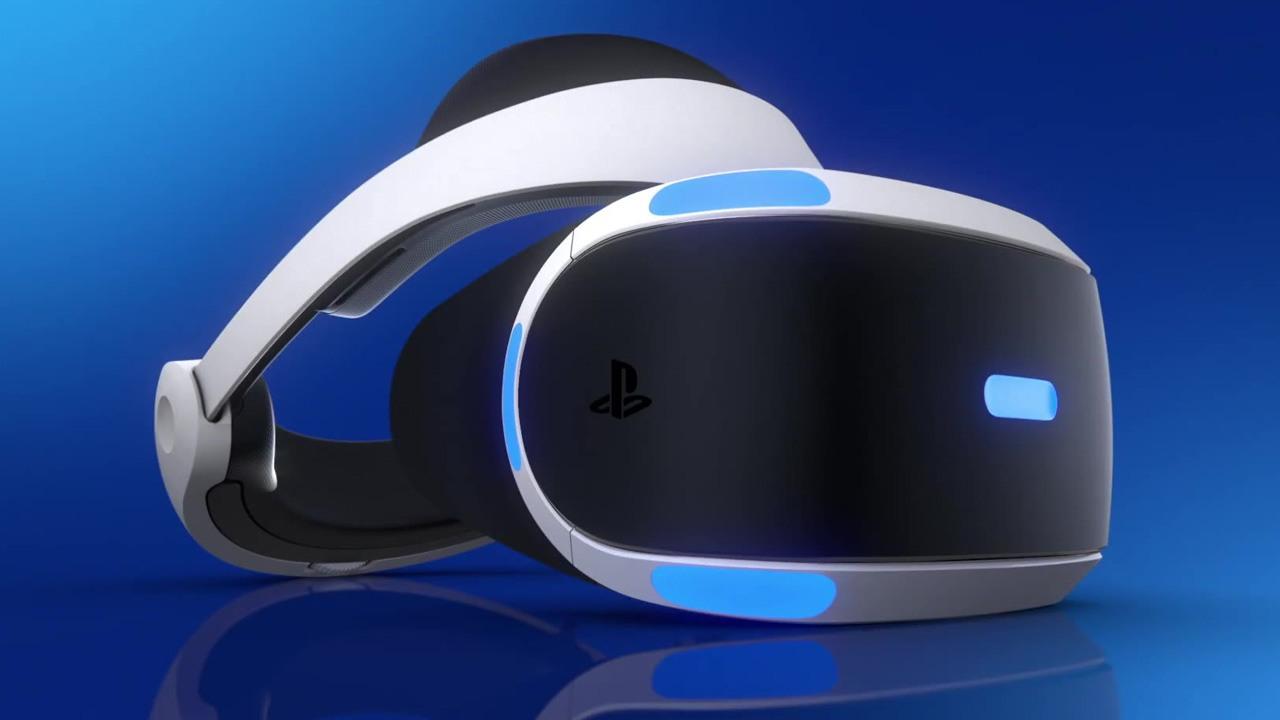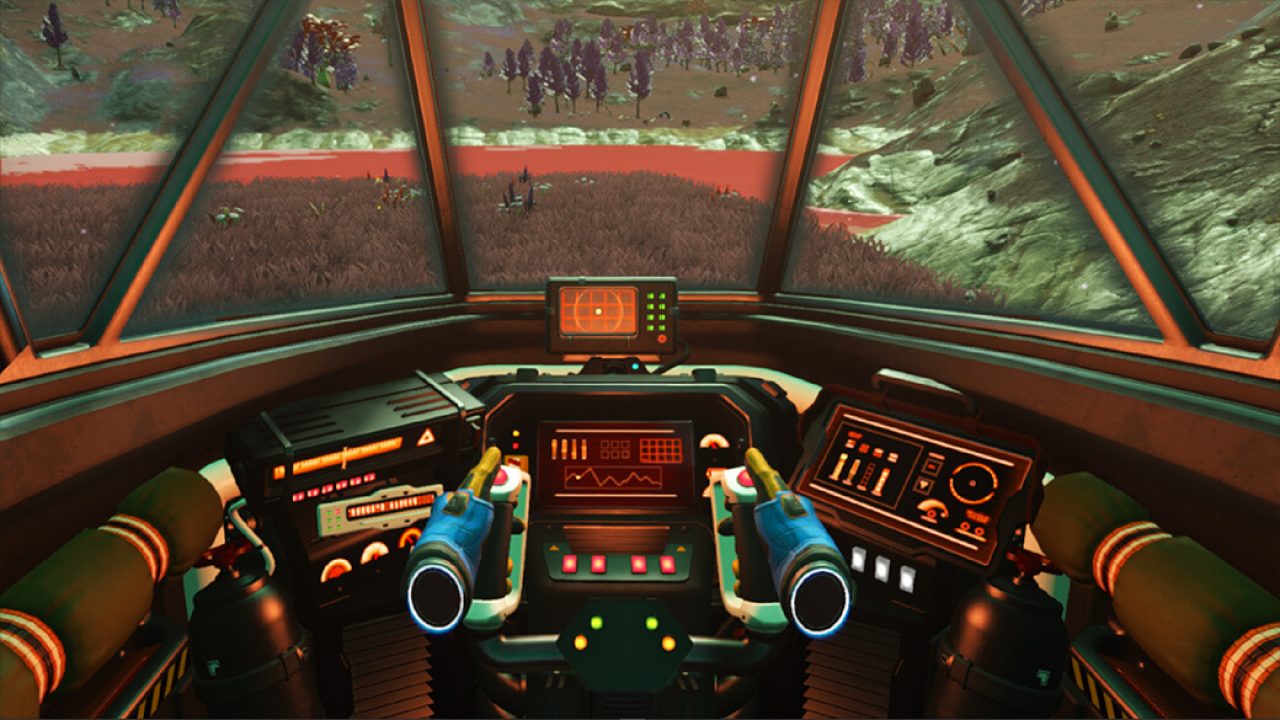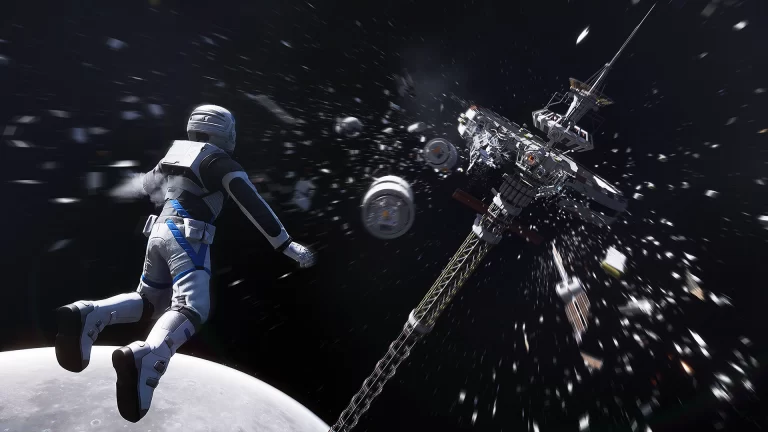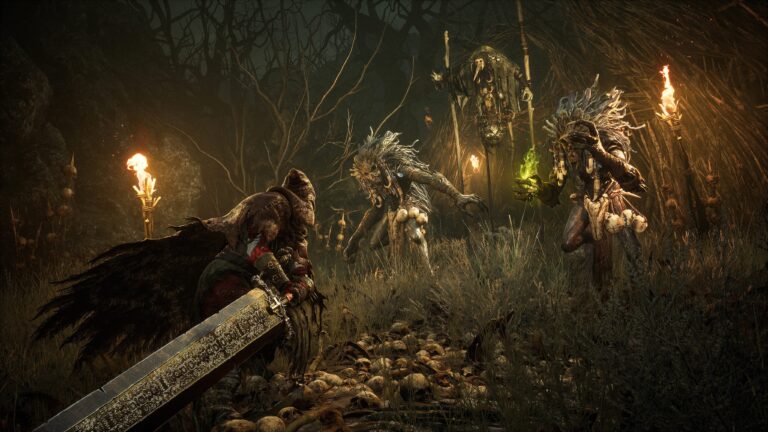I love when gaming companies experiment with new technologies and bold ideas. Whether it’s Nintendo taking a chance with the Labo kits or Microsoft dabbling in augmented reality with the Hololens, everyone has something to gain when the games industry seeks to innovate. Even Sony’s PlayStation VR device represents a concerted effort to go beyond the limits that once kept virtual reality more niche and underdeveloped. Of course, an innovative concept is only as good as the manner in which it’s executed.
It is on this point, the delivery of a product that fulfils the ambitions of its creators, where Sony could stand to improve. A possible consequence of being the first console-based VR device released since the 1990s, the first PlayStation VR model was an unwieldy device with too many cords, a short range, and a reliance on aging controllers. In short, PlayStation VR was well overdue for an upgrade.
Enter the recent announcement of PlayStation VR2. This falls in line with Sony mentioning that they were treating the original launch of the PlayStation VR as a new generation and planned to iterate upon it in the coming years. With iteration comes improvements, and there are many aspects to the PS VR which the gaming community feels need extra attention.
5: More Precise Tracking
I want to stress that I love my PlayStation VR. It’s comfortable, it’s light in weight, and its design is aesthetically satisfying to me. However, its good qualities are undermined by how poorly it tracks not only the controllers, but the room around me.
As it happens, PlayStation VR only uses the PS4 camera and two PlayStation Move controllers, the latter having been in use since 2010. When I play Beat Sabre, I spend more time fiddling around with the controller settings than I do playing the game, and even after I finished the calibration the controllers will still find a way to go out of sync. This has also been an issue in other games like No Man’s Sky and Five Nights at Freddy’s VR.
On top of the controller issue, there’s the fact that players can’t be too far from or too close to the camera lest they risk receiving a big grey text box saying “Out of play area”, which tends to ruin a person’s immersion. PlayStation needs to take a page out of Oculus’ book and use sensors around the room to track player motion and read the surrounding room’s layout.
4: Expansion on Versatility
Virtual reality is one of the most interesting pieces of technology in development at the moment, with far more versatility than just being a tool for gaming. For instance, many people and companies have tested the waters with more educational software. Ubisoft’s Assassin’s Creed Odyssey already touched upon this aspect with its Discovery Tour mode, with schools going as far as integrating the tour into their curriculum.
Exploring areas like ancient Greece up close or going on world adventures from the comfort of one’s home or school could have a positive impact, beyond just leaving people enthralled by the experience. While educational works such as this do exist, they tend to be tied to the PC side of the virtual reality market. Thus, porting such projects to the PlayStation VR2 could broaden the consumer base and increase interest in these kinds of endeavors.
3: Improved Display
Whenever I want to get lost in a particular game world, I never want to be greeted by blur and fuzziness. Whether it be Skyrim or Doom, I prefer to be fully immersed in my activities and the PS VR’s 960×1080 per eye leaves a lot to be desired. For what the PSVR offers it works well enough, but if the option for improvement is on the table then the screen’s resolution needs to be updated.
I want the next incarnation of PS VR to have a screen that isn’t hampered by blurry visuals. After all, gazing off into the distance and not being able to discern what’s ahead tends to make gameplay much less impactful.
2: Ease of Use
The PlayStation VR is akin to an octopus in disguise. At first glance, a person might see one cord and a small set-top box. Upon closer inspection, though, it becomes clear that the PlayStation VR is made up of several cords that link the top box, the PlayStation console and the television set. Once set up, it’s advised not to move anything so as to avoid pulling out the instructions again in order to restart a tedious process.
Adding to the grief, learning to navigate the menus with the Move controllers is difficult and frustrating. The controllers’ required swiping motions tend to either be ignored or register as oversensitive movements, with no happy medium in sight. As such, a successor to the PlayStation VR presents as solid an opportunity as any to fix this glaring issue.
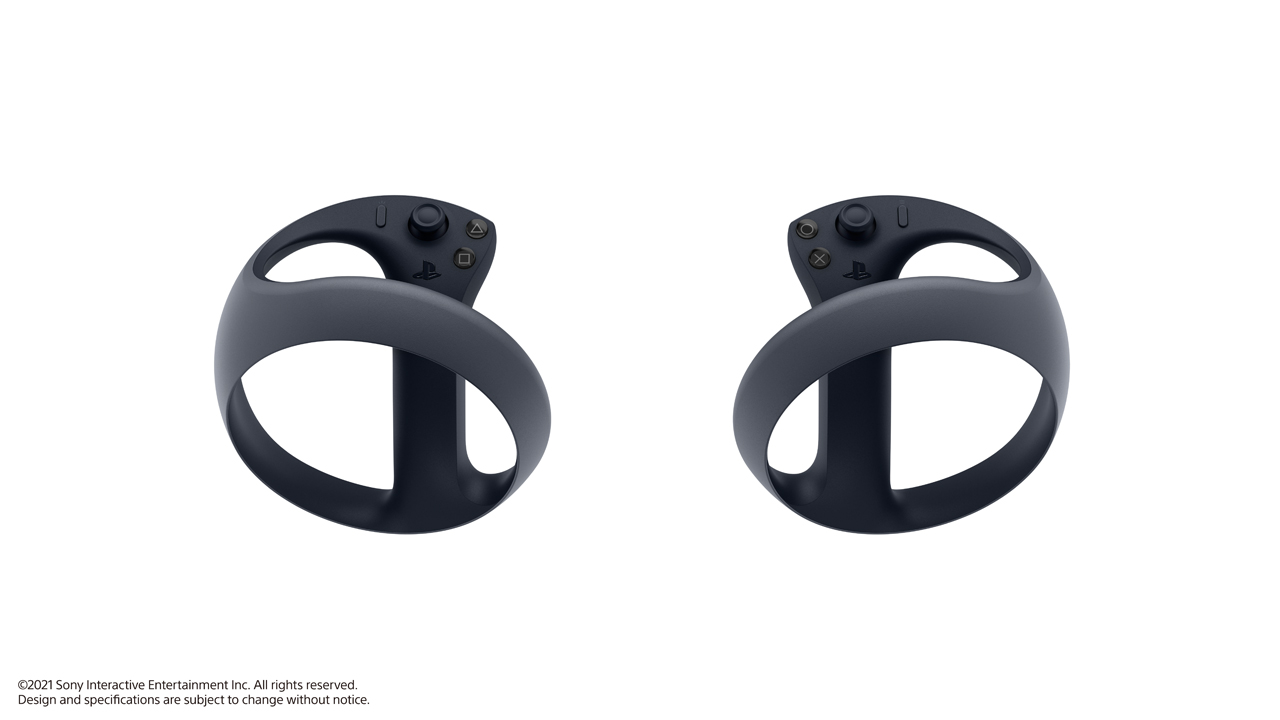
1: Increased First Party Support
Right from the launch of the original PlayStation, the associated brand has prided itself on its first-party output. High profile console releases like The Last of Us and God of War supported their home systems, lending PlayStation a consistent air of prestige and building an expectation of quality. This has been just as true of their VR titles, with Astro Bot Rescue Mission and Firewall: Zero Hour garnering praise and helping to legitimize virtual reality on consoles. Thus, it makes sense why folks are watching Sony closely to see how their approach to first-party games intersects with PlayStation VR’s ongoing mission statement.
If PlayStation VR 2 is truly going to work, then Sony needs to double down on the first party support and show their audience how committed they are to the device’s future. With a rumored Horizon Zero Dawn spinoff in production, this could mean Sony is prepared to put in the effort of supporting a potential pillar of their game development division.
No related posts.



